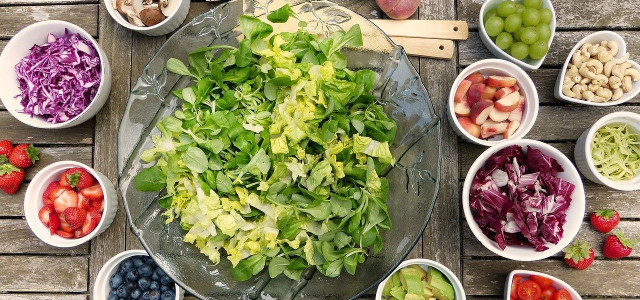Can the pegan diet combine the benefits of eating paleo and vegan? We explain the details of this new diet here – and whether it’s healthy.
On the face of it, you might think that it would be impossible to be both vegan and paleo:
- Going vegan means you exclude all forms of animal-derived products, whereas meat, fish, and eggs all play an important role in the paleo diet.
- Both whole grains and pulses or legumes are major sources of important nutrients in a vegan diet – but they’re a no-no if you’re eating paleo.
Despite this, the American doctor Mark Hyman has combined the vegan and the paleo regimens to create the pegan diet. This approach broadly sticks to the standard paleo diet, but with a heavily reduced reliance on animal products. Fish, meat, and eggs are still allowed though – so the pegan diet is not vegan.
The Pegan Diet: A Vegan Paleo Grocery List
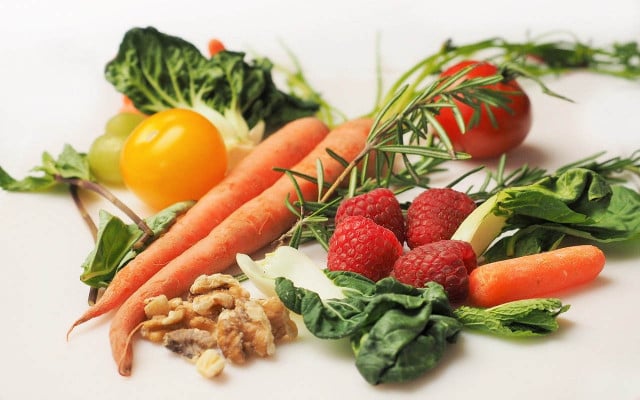
These foods are suitable for a pegan diet:
- Fresh vegetables should make up the bulk all of your meals, along with plenty of fruit.
- Nuts, seeds, and avocados – as well as olives, olive oil, and coconut oil – should be the primary sources of fat.
- Fish, meat, and eggs should – in accordance with the paleo philosophy – come from sources which are as animal-friendly and as natural as possible (ideally wild), and only play a supporting role in your nutrition.
In contrast, you should only eat these foods sparingly, or avoid them entirely, in the pegan diet:
- Any grains which contain gluten are off the menu. Gluten-free cereals are fine, as are pulses and legumes – in small amounts.
- Avoid dairy, and only consume it in very small quantities, if at all.
- Refined sugar is a real taboo. Instead, you can use small amounts of natural sweeteners like coconut sugar, syrups, or other concentrates.
- Most common fats and oils are heavily processed, so they don’t count as pegan. The exceptions are the sources of fat listed above.
- You should avoid processed foods in general as much as possible.
Of course, ultimately – as with vegan, paleo, or any other nutrition plan – you can decide for yourself how strictly you want to stick to these principles. It would probably be possible to eat a vegan pegan diet, too.
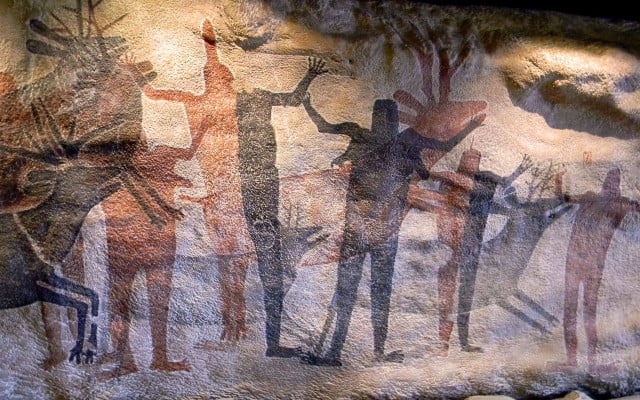


How Healthy is the Pegan Diet?
The pegan diet is, for the most part, identical to the paleo diet: Experts have differing opinions on how healthy this lifestyle is. The Harvard School of Public Health (HSPH) has a good in-depth analysis of the potential benefits and risks of the paleo diet.
- The benefits, according to the HSPH, lie primarily in the fact that participants mostly consume fresh, nutrient-dense foods, and avoid processed products as much as possible. Some of the studies quoted by the HSPH show that a paleo diet can help reduce body fat, improve insulin sensitivity, and potentially reduce cholesterol levels.
- The downsides, as summarized by the HSPH, include the fact that people who go paleo eat a lot of potentially unhealthy animal-derived products: This is less of a problem in the pegan diet. Still, there is also the worry that excluding dairy, legumes, and whole grains can lead to nutrient deficiencies – which could happen if you choose a strict pegan diet too.
- Finally, the scientific basis of the paleo diet itself is questionable. It is based on the assumption that our bodies are still adapted to the foods we ate during the Stone Age, and are unable to cope with agriculturally-produced commodities such as milk or cereals. There is, however, no proof that our genetic make-up has remained unchanged since the Paleolithic – and even then, humans ate very different things depending on the region they lived in.
Important: If you are going to follow the pegan diet strictly, or even plan to eat a vegan paleo diet, have your blood levels checked regularly to avoid nutrient deficiencies (for example the B vitamins, zinc, iodine, iron, or calcium.) Get some medical advice, or ask your dietitian, before you embark on a strict pegan diet.
The Everyday Pegan Diet: Tips and Recipes
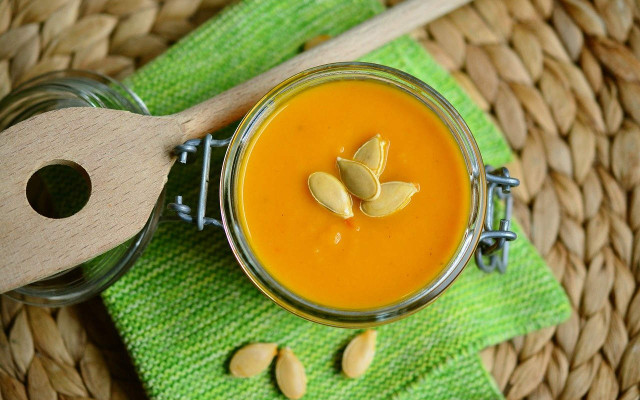


On the pegan diet, you’ll be getting most of your nutrients from vegetables, fruit, and natural sources of fat. Consequently, these foods should be as varied and high-quality as possible. Here are some tips:
- Eat plenty of regional, seasonal, and organic produce. Following a seasonal calendar will help you know what to buy and when. This way, you won’t just be avoiding food which has covered a lot of miles, reducing your carbon footprint – you’ll also be getting really fresh, environmentally-friendly, and nutrient-rich groceries. Here are some great tips on how to prepare healthy food and save time: Healthy Meal Prep Ideas: Easy Meal Planning Tips
- Try to make sure that every meal contains natural sources of fats like nuts, seeds, or olive oil. Here, too, it’s best to choose regional products. Maybe don’t go for avocados and coconut oil every time, but instead hazelnuts, flaxseed**, or sunflower seeds. You can use cold-pressed oils like virgin olive oil, walnut oil, or linseed oil – the higher quality the better!
- Meat, fish, and eggs are problematic because they rarely come from truly sustainable animal stocks or fisheries. Even then, they create a lot of carbon dioxide emissions. It’s best to cut down on them as much as you can, and only buy products that have been certified organic.
Here’s a bunch of tasty recipes which are mostly suitable for a vegan, paleo, or pegan diet:
- Tired of Soup? 3 Easy Outside-the-Box Pumpkin Recipes
- DIY Pumpkin Smoothie – An Easy, Healthy Recipe
- Granola Bars Recipe: How to Make Them Quickly and Sustainably
- Homemade Applesauce: Easy Sugar-Free Recipe
- Reuse Vegetable Scraps: Skip the Trash and Put Food Back on Your Plate
Of course, you can make countless delicious dishes using nothing but vegetables (and fruit) – soups, salads, and baked vegetables, for instance – and then supplement them with nuts, seeds, and natural oils.
Is a Vegan Paleo Diet a Good Idea?
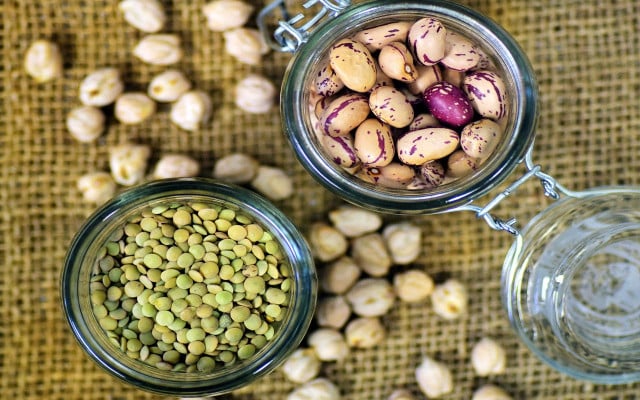


One great benefit of the pegan diet is that you avoid processed foods and base your nutrition on vegetables, fruit, and healthy oils. Also, avoiding dairy, as the pegan diet does, is a great way to live more sustainably. There is, however, still some debate as to whether eating or avoiding dairy is actually good for you or not. You can find a quick run-down of some of the health concerns about dairy here.
Advocates of a paleo or pegan diet claim that grains and pulses (as well as dairy) contribute to natural inflammatory processes in the human body, and should therefore be avoided. There is little scientific evidence for this. If you’re not allergic to them, pulses and whole grains are actually very good for you. They contain – just for example – large amounts of fiber, vegan proteins, and numerous vitamins and minerals. That’s one key difference between vegan and paleo: Vegan dishes often rely on grains and pulses to fill you up.
Bear in mind: Be it vegan, paleo, or pegan: You should always take care to eat a balanced diet and get plenty of exercises. This will help you lead a healthier lifestyle overall, instead of just losing a few quick pounds. You can find out here why losing weight naturally is a good idea.
Important Information regarding Health-related Topics.
** Links to retailers marked with ** or underlined orange are partially partner links: If you buy here, you actively support Utopia.org, because we will receive a small part of the sales proceeds. More info.Do you like this post?






